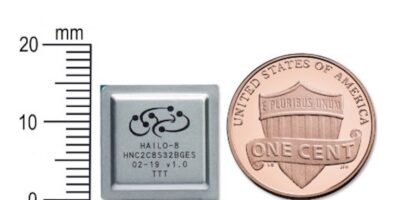Infineon has extended its embedded SIM (eSIM) portfolio, adding the Optiga Connect eSIM for mobile consumer devices. It supports all GSMA standards from 3G to 5G and securely authenticates the device to the chosen subscribed carrier network of choice. It has a small imprint, making it suitable for smartphones, tablets and wearable devices (smart watches or fitness trackers).
Based on Infineon’s SLC37 security chip, the new Optiga Connect meets the GSMA’s security requirements and is tested according to Common Criteria CC EAL4+ high. The SLC37 secures sensitive keys and data against fraudulent use. The Optiga Connect eSIM complies with the latest 5G specifications from the GSMA (SIMAlliance Profile Interoperability 2.3 Spec) and the 3GPP. It supports the profiles of major mobile network providers with Remote SIM Provisioning capabilities and offers up to 1.2Mbyte of free user memory for network operator profiles, data and additional applications. The package measures just 2.9 x 2.5 x 0.4mm for the restricted PCB space of many new consumer applications.
ABI Research predicts that global shipments of eSIM enabled smartphones will reach over 225 million in 2020 and it expects a minimum of 500 million eSIM-capable smartphones to ship gloabally in 2024.
The Optiga Connect eSIM consumer chip be available from March 2020.







